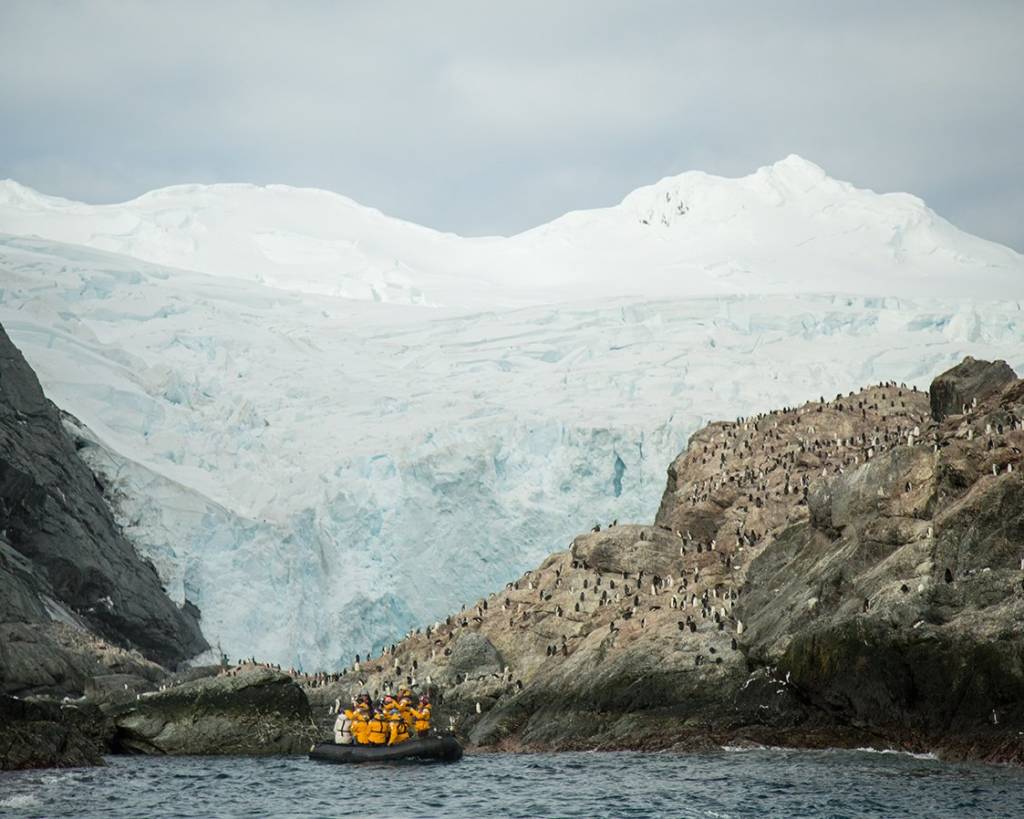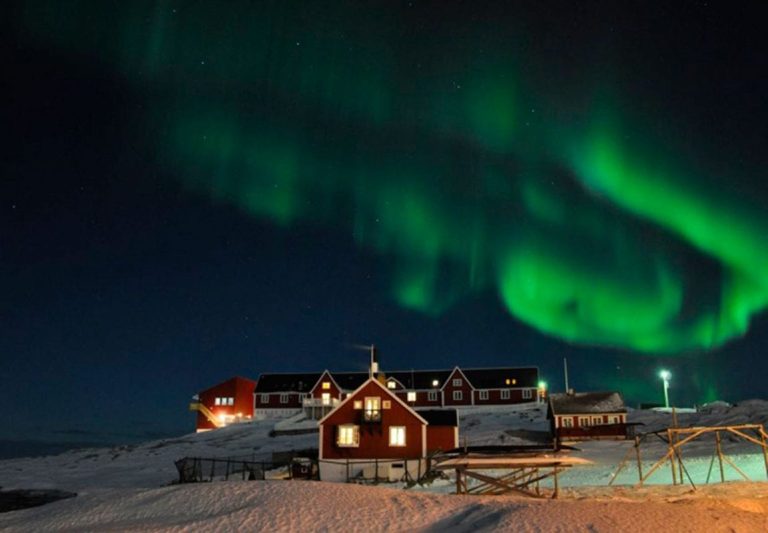Elephant Island Antarctica is a remote and rugged landmass located off the northernmost tip of the Antarctic Peninsula. Famous for its inhospitable terrain and historical significance, Elephant Island has witnessed some of the most remarkable survival stories and pivotal moments in polar exploration. This desolate island is known not only for its dramatic scenery but also for its role in the legendary survival journey of Ernest Shackleton and his crew. In this article, we explore 10 fascinating historical moments that shaped Elephant Island’s reputation as a place of endurance, hope, and human determination.
The Discovery of Elephant Island Antarctica: A Momentous First Step
Elephant Island Antarctica was first discovered in 1821 by the American explorer Nathaniel Palmer. As a young sailor, Palmer ventured into the icy waters of the Southern Ocean and made the significant first sighting of this unknown landmass. Its desolate, rugged terrain and isolation led to its name, with the island’s shape vaguely resembling an elephant’s head. Despite its seemingly inhospitable nature, Elephant Island became a focal point for future exploration, particularly during the golden age of polar expeditions.
Shackleton’s Expedition: The Great Survival Challenge
One of the most iconic moments in the history of Elephant Island Antarctica was its central role in Sir Ernest Shackleton’s Imperial Trans-Antarctic Expedition (1914-1917). After their ship, the Endurance, was trapped in ice, Shackleton and his crew were forced to abandon their vessel and journey across the frozen continent. When the crew eventually reached Elephant Island, they found temporary refuge on its rocky shores. Shackleton’s leadership and the crew’s determination to survive against all odds became a testament to human endurance.
The Harrowing Journey of the James Caird: A Lifeline to Safety
In a heroic act of survival, Shackleton set out on an impossible journey from Elephant Island Antarctica to South Georgia Island, some 800 miles away, in a small lifeboat named the James Caird. His goal was to secure help and rescue his stranded crew. The journey was fraught with peril, navigating treacherous waters and icebergs in near-impossible conditions. Remarkably, Shackleton and his crew arrived at South Georgia Island, setting the stage for the eventual rescue of the remaining members of the expedition.
The Arrival of the Rescue Ship: A Historic Moment of Relief
In August 1916, Shackleton’s daring journey paid off when the rescue ship, the Yelcho, finally reached Elephant Island Antarctica. After months of uncertainty, starvation, and isolation, the crew’s relief was palpable. Shackleton’s perseverance in reaching South Georgia and coordinating the rescue mission ensured that all of his men survived. This event is considered one of the most remarkable rescues in polar exploration history, solidifying Elephant Island’s place in Antarctic lore.
The Antarctic Naming of Locations: Honors to Heroes
Throughout the years, Elephant Island Antarctica has been the subject of many historical commemorations. Various locations on the island have been named after the explorers who played pivotal roles in the Shackleton expedition. For instance, Point Wild is a key spot on the island, where Shackleton’s crew waited for rescue. This naming tradition serves as a lasting tribute to those who endured unimaginable hardships and contributed to the island’s fascinating history.
The Enduring Legacy of Shackleton’s Crew: A Testimony of Leadership
The leadership shown by Shackleton during the direst of circumstances has left an indelible mark on Elephant Island Antarctica’s history. Known for his unyielding optimism and determination, Shackleton’s actions have been studied by historians, survivalists, and leaders alike. His emphasis on morale and the well-being of his crew ensured their survival and inspired generations of explorers. The legacy of Shackleton’s expedition continues to serve as a source of inspiration in the fields of leadership, teamwork, and resilience.
The Influence of Elephant Island Antarctica on Later Polar Exploration
The historical significance of Elephant Island Antarctica extends beyond Shackleton’s expedition. Its dramatic landscape and the harsh conditions faced by Shackleton’s crew inspired subsequent polar expeditions. The island became a symbol of human endurance, leading to further exploration of the Antarctic region. Its role in Shackleton’s journey has made it a touchstone for explorers seeking to test their limits and face nature’s most extreme conditions.
The Role of Elephant Island in the Falkland Islands Dependencies Survey (FIDS)
In the mid-20th century, Elephant Island Antarctica played a significant role in the Falkland Islands Dependencies Survey (FIDS), a British initiative aimed at mapping and conducting scientific research in Antarctica. During this time, the island served as a strategic location for research expeditions and exploration. Its proximity to key locations in the Antarctic Peninsula made it an ideal spot for gathering data on the continent’s climate, geology, and wildlife. This period marked the start of more organized, scientific research in the region, adding another chapter to the island’s rich history.
The Island’s Unusual Wildlife: An Unexpected Discovery
Although Elephant Island Antarctica is known for its harsh environment, it has also become a site for the discovery of unique wildlife. Various species of seals and penguins, including the Gentoo penguin, are found on the island’s shores. These animals have adapted to the extreme conditions of the region, thriving in a landscape that might seem inhospitable to most. The wildlife of Elephant Island highlights the resilience of life in one of the most extreme environments on Earth and serves as a reminder of the interconnectedness of life on our planet.
The Modern Day Exploration and Preservation of Elephant Island
Today, Elephant Island Antarctica is a protected area, largely uninhabited and difficult to access. Modern-day explorers and researchers continue to visit the island for scientific purposes, studying the region’s climate, geology, and unique ecosystem. Its role in polar exploration is now part of the shared history of humanity’s quest to understand and conquer the Earth’s most extreme environments. Efforts to preserve its natural beauty and historical significance ensure that future generations can learn from its fascinating past.
Conclusion
Elephant Island Antarctica stands as a testament to the perseverance of the human spirit in the face of overwhelming odds. From the daring survival story of Shackleton’s crew to its ongoing role in scientific research, the island has played a central role in shaping the history of Antarctic exploration. Its rugged, icy shores continue to inspire awe and reverence among those who venture to its remote corners. As a symbol of endurance, bravery, and human resilience, Elephant Island will forever remain one of the most fascinating landmarks in polar history.
FAQs
Q1. How did Shackleton’s crew survive on Elephant Island?
Shackleton’s crew survived on Elephant Island by utilizing their limited resources and working together to build shelters and conserve food. Their survival was largely due to Shackleton’s leadership, which emphasized maintaining morale and unity.
Q2. Why is Elephant Island Antarctica named so?
Elephant Island is named due to its shape, which is said to resemble the head of an elephant. This striking visual similarity made it stand out to early explorers, who gave it its unique name.
Q3. What is the best way to visit Elephant Island?
Visiting Elephant Island typically requires a boat or expedition cruise, as it is located in a remote area of Antarctica. Tours often depart from Ushuaia, Argentina, and offer a chance to explore the island’s natural beauty and historical landmarks.
Q4. What is Point Wild on Elephant Island?
Point Wild is a location on Elephant Island where Shackleton’s crew was stranded while waiting for rescue. The site has become a historical landmark, commemorating the incredible endurance and survival of the crew.
Q5. Are there any permanent research stations on Elephant Island?
No, there are no permanent research stations on Elephant Island. However, it is occasionally used for scientific research by visiting expeditions, particularly due to its unique geographical and ecological significance.
Also read: The Hidden Charm of 5 Little Rd: A Gem Waiting to Be Discovered




Leave a Comment